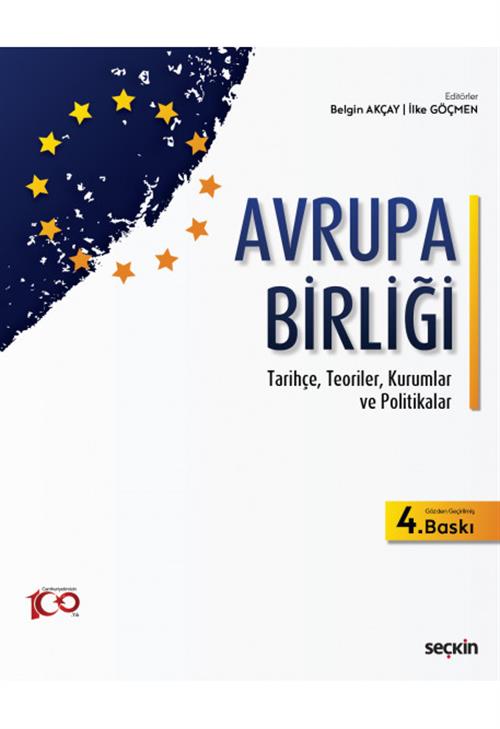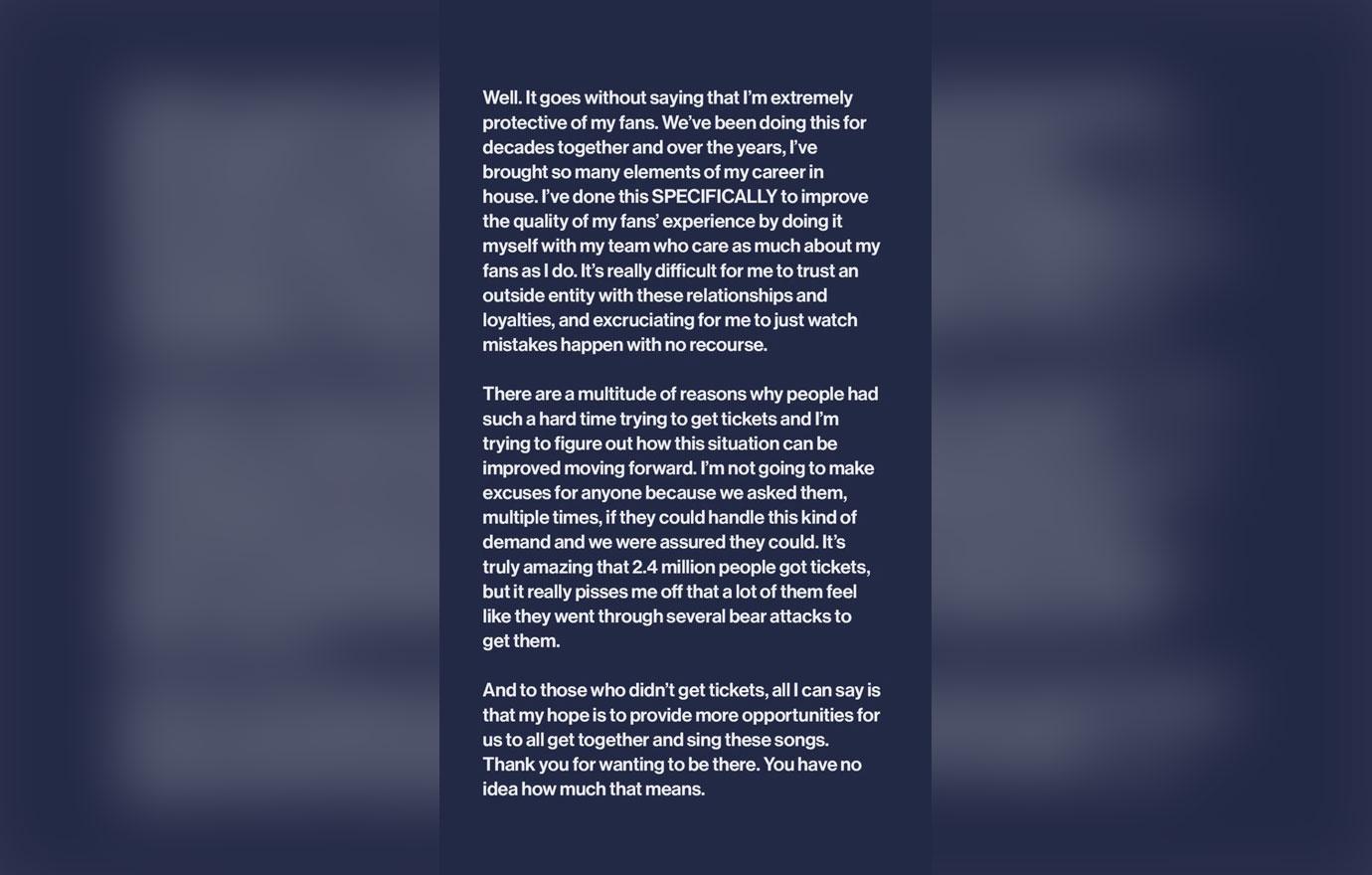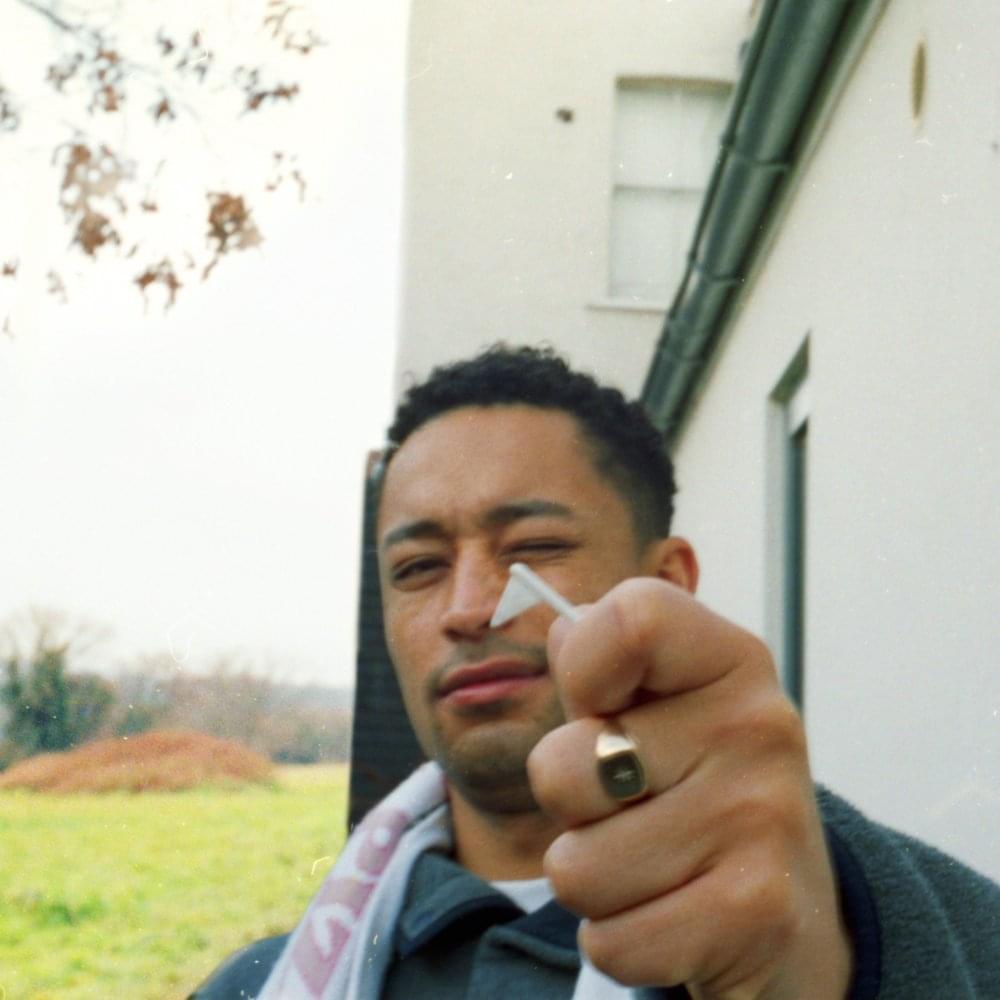Rust: A Balanced Review Considering The On-Set Accident

Table of Contents
The "Rust" Incident: A Detailed Overview
The October 21, 2021, incident on the "Rust" film set resulted in the death of cinematographer Halyna Hutchins and the wounding of director Joel Souza. The event stemmed from a prop firearm discharged by actor Alec Baldwin, who was rehearsing a scene. The firearm, a Colt .45 revolver, contained a live round, despite the expectation that it was loaded only with blanks.
Key individuals involved included Alec Baldwin (actor and producer), Halyna Hutchins (cinematographer), Joel Souza (director), Hannah Gutierrez-Reed (armorer), and Dave Halls (assistant director). Their roles and responsibilities are currently subject to ongoing investigations and legal proceedings.
Official reports and investigations have pointed towards several crucial failures:
- Negligence in firearm handling procedures: Established protocols for handling firearms on set were allegedly not followed.
- Inadequate safety protocols on set: The overall safety culture and oversight on the "Rust" set appear to have been deficient.
- Insufficient training for personnel handling firearms: Concerns have been raised regarding the adequacy of training provided to those responsible for handling firearms.
- Lack of proper supervision: A lack of sufficient supervision and oversight contributed to the overall unsafe environment.
Current Safety Regulations and Practices in Film Production
The film industry has existing guidelines and regulations concerning firearm usage. These often involve employing licensed armorers responsible for the safe handling, storage, and usage of firearms. Regular safety meetings and briefings are also standard practice, reinforcing protocols for checking firearms and using safety measures like dummy rounds.
However, the effectiveness of these regulations is questionable, evidenced by the "Rust" incident. Loopholes might exist in the enforcement of these guidelines, or the guidelines themselves might be insufficient. Specific safety measures intended to prevent accidents include:
- Licensed armorers on set: A dedicated professional is responsible for firearm safety.
- Regular safety meetings and briefings: Reinforce protocols and ensure understanding.
- Strict protocols for handling and storing firearms: Detailed procedures to minimize risk.
- Use of dummy rounds and non-lethal alternatives: Reducing reliance on live ammunition.
Areas for Improvement: Enhancing Film Set Safety
Improving firearm safety on film sets requires a multi-pronged approach. This includes stricter enforcement of existing regulations, enhanced training, and the exploration of new technologies.
We need:
- Stricter enforcement of existing regulations and guidelines: Holding production companies and individuals accountable for adhering to safety protocols.
- Enhanced training programs for cast and crew: Comprehensive training on firearm safety and handling, including recognizing live rounds and proper procedures.
- Implementation of new technologies:
- Improved firearm safety devices: Technological advancements could render firearms inert unless specifically activated.
- Enhanced prop management systems: Digital tracking and verification of prop firearm contents.
- Real-time monitoring of set activities: Potentially using technology to remotely monitor adherence to safety protocols.
- Increased Role of Insurance Companies: Insurance companies can play a more active role by mandating stricter safety protocols as a condition for coverage, incentivizing safer practices.
The Psychological Impact on Cast and Crew
The "Rust" accident has had a profound and lasting impact on those involved. Beyond the immediate physical injuries and loss of life, the psychological trauma experienced by the cast and crew is substantial. Many are suffering from PTSD, grief, and survivor’s guilt. The film industry needs to prioritize mental health support and resources for those impacted, providing access to therapy and other necessary assistance. The incident's lingering effects may also significantly affect the future careers and well-being of those directly affected.
Conclusion
The "Rust" tragedy serves as a stark reminder of the urgent need for improved Rust safety protocols and practices in film production. While existing regulations form a foundation, stricter enforcement, a renewed commitment to safety culture, and the adoption of technological advancements are crucial. By implementing the suggested enhancements – from stricter regulations and enhanced training to the adoption of new technologies and increased support for mental health – the film industry can work towards preventing future tragedies and creating a truly safer working environment for all involved. Let's work together to prioritize and improve Rust safety standards to ensure that such incidents never happen again. We need to demand better, more thorough, and consistently enforced Rust film safety guidelines, and support those working to improve Rust movie safety across the industry.

Featured Posts
-
 Emmanuel Macron Pression Accrue Sur Moscou Attendue
May 03, 2025
Emmanuel Macron Pression Accrue Sur Moscou Attendue
May 03, 2025 -
 Fortnite Developer Epic Games Accused Of Widespread Deceptive Practices
May 03, 2025
Fortnite Developer Epic Games Accused Of Widespread Deceptive Practices
May 03, 2025 -
 The Impact Of The Us Trade War Chinas Efforts To Mask Economic Weakness
May 03, 2025
The Impact Of The Us Trade War Chinas Efforts To Mask Economic Weakness
May 03, 2025 -
 Avrupa Ile Is Birligini Derinlestirme Adimlari
May 03, 2025
Avrupa Ile Is Birligini Derinlestirme Adimlari
May 03, 2025 -
 Balsillie Owned Golf Company To Develop Luxury Resorts In The Middle East With Saudi Partner
May 03, 2025
Balsillie Owned Golf Company To Develop Luxury Resorts In The Middle East With Saudi Partner
May 03, 2025
Latest Posts
-
 Infuriating Glastonbury Stage Time Clashes Fans React
May 03, 2025
Infuriating Glastonbury Stage Time Clashes Fans React
May 03, 2025 -
 Glastonbury Festival Scheduling Conflicts Spark Fan Outrage
May 03, 2025
Glastonbury Festival Scheduling Conflicts Spark Fan Outrage
May 03, 2025 -
 Glastonbury Stage Times 2024 A Scheduling Nightmare For Fans
May 03, 2025
Glastonbury Stage Times 2024 A Scheduling Nightmare For Fans
May 03, 2025 -
 Loyle Carners 3 Arena Show All The Details
May 03, 2025
Loyle Carners 3 Arena Show All The Details
May 03, 2025 -
 Dublin Concert Loyle Carner Plays 3 Arena
May 03, 2025
Dublin Concert Loyle Carner Plays 3 Arena
May 03, 2025
